Tasmanian Textiles and Clothing in Film
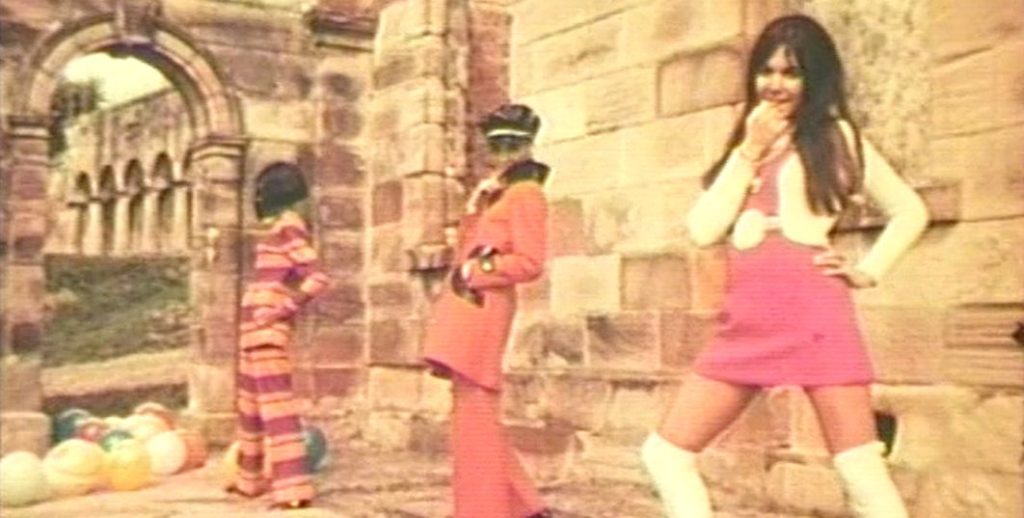
For the moving visual addition to the Duck Trousers, Straw Bonnets, and Bluey exhibition now showing in the State Library Reading Room, we were able to find a few gems from the late Tasmanian Film Corporation. The Tasmanian Film Corporation was the last incarnation of the Tasmanian Government film unit, which was established in 1946 by the Lands and Surveys Department. It would evolve into the Department of Film Production in 1960 to oversee the full range of film production in the state before being transformed into the government owned commercial business model in the guise of The Tasmanian Film Corporation in 1977. If it moves, we’ll shoot it was a witty commercial made in 1968 by the Department of Film Production about their services.

The first film in this exhibition, More than Apples, was made around the same time. In 1966, the Department of Film Production approached the Industrial Development Branch of the Premier’s and Chief Secretary’s Department about funding a film to promote industrial development in Tasmania and this would include the textiles and woollen industries. Once the Directorate of Industrial Development and Trade agreed to put money into the film, they went ahead and hired a Melbourne production company to oversee the production on their behalf. The film was produced with Artransa Park Television Pty Ltd in Melbourne who would come up with the script and edited the final of the film while the Department of Film Production would be providing the director and crew. The director, Don Anderson, had been working with a shot list that they had been sorted out with the Directorate of Industrial Development and Trade before Artransa Park Television provided them with a shooting script. The correspondence between Artransa Park and Department of Film Production Tasmania seemed to indicate that they were not happy with some of the coverage they were getting, including the fashion material, which ended up being scrapped and re-shot. From concept to approval appeared to happen fairly quickly but the production dragged on for a bit longer than was expected. This might have been because of some creative differences and as it was worded in the notes from a meeting with the Department of Industrial Development, ‘…the propriety of private enterprise being involved in government contracts or commissions without the authorization of the Department of Film Production’. The Directorate did agree to cover all cost incurred by Artransa Park Television in connection with the film.
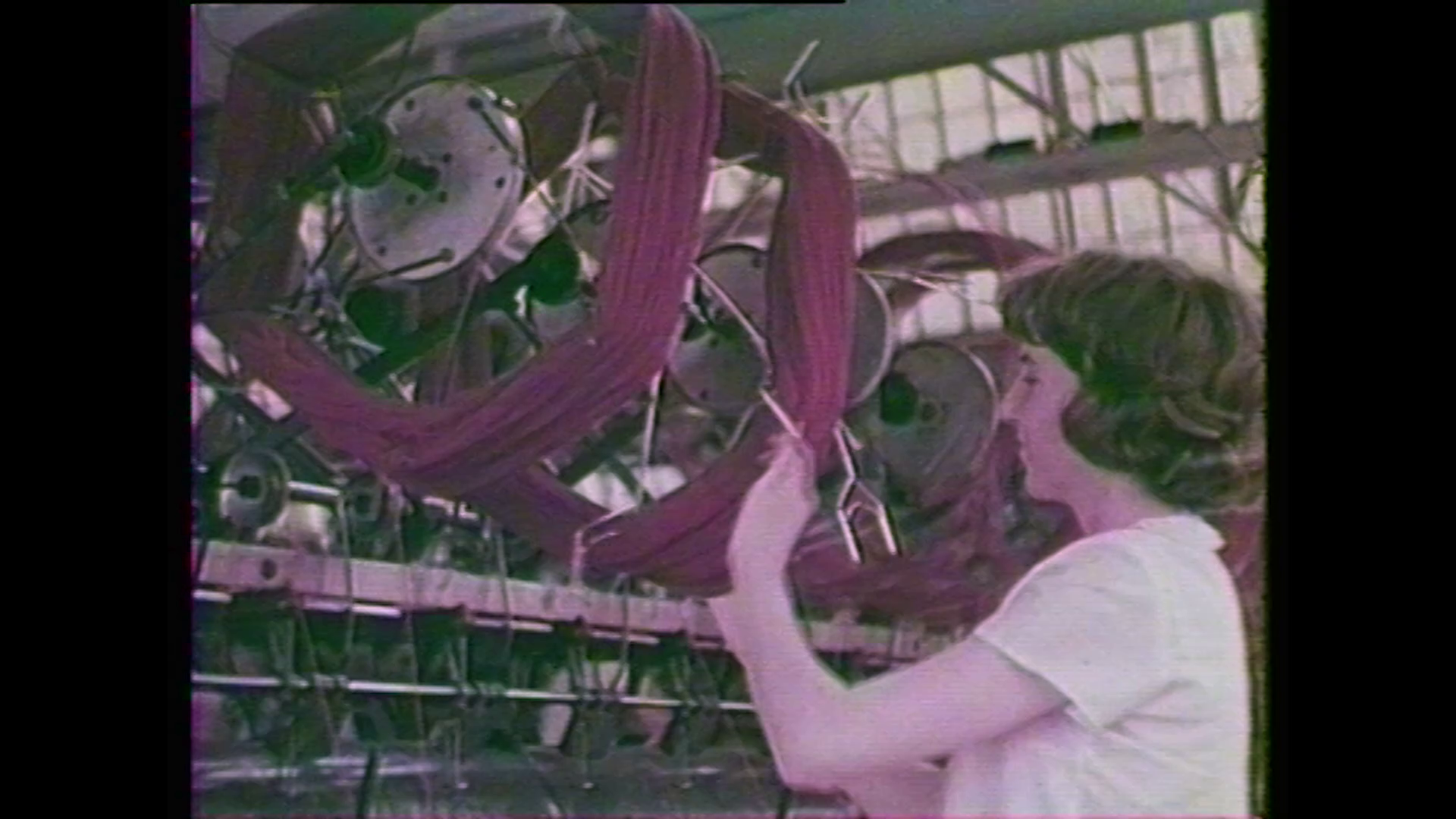
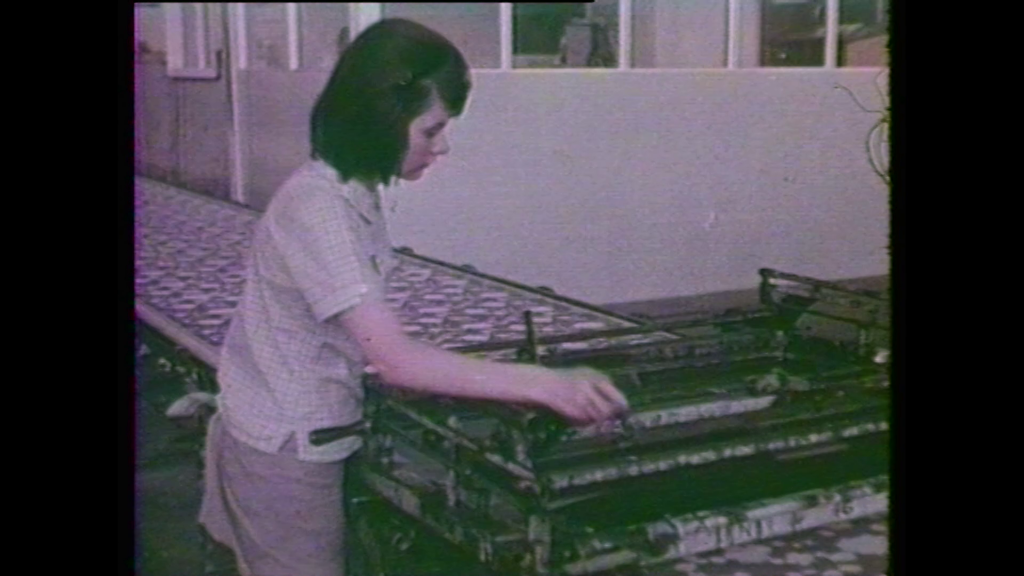
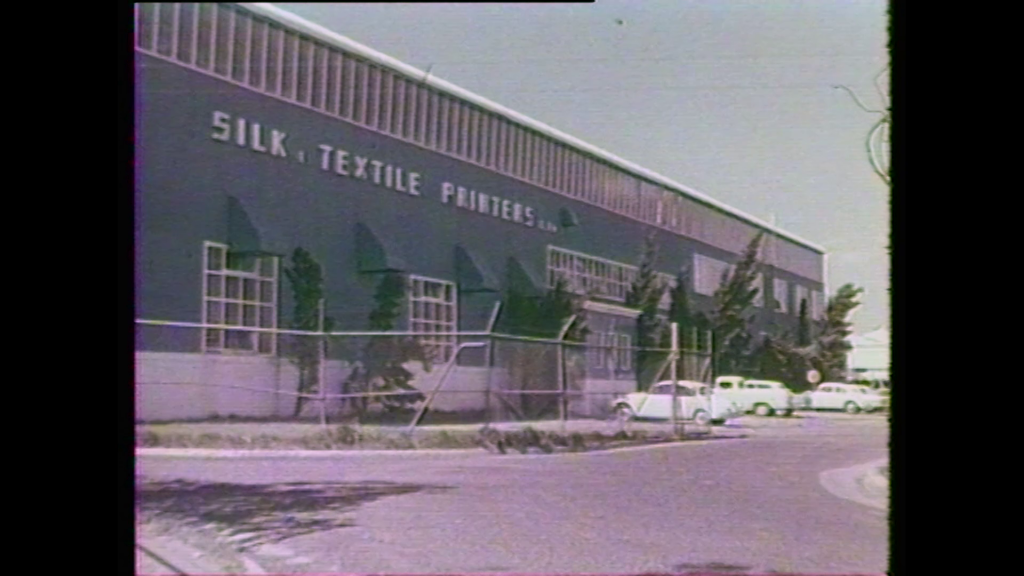
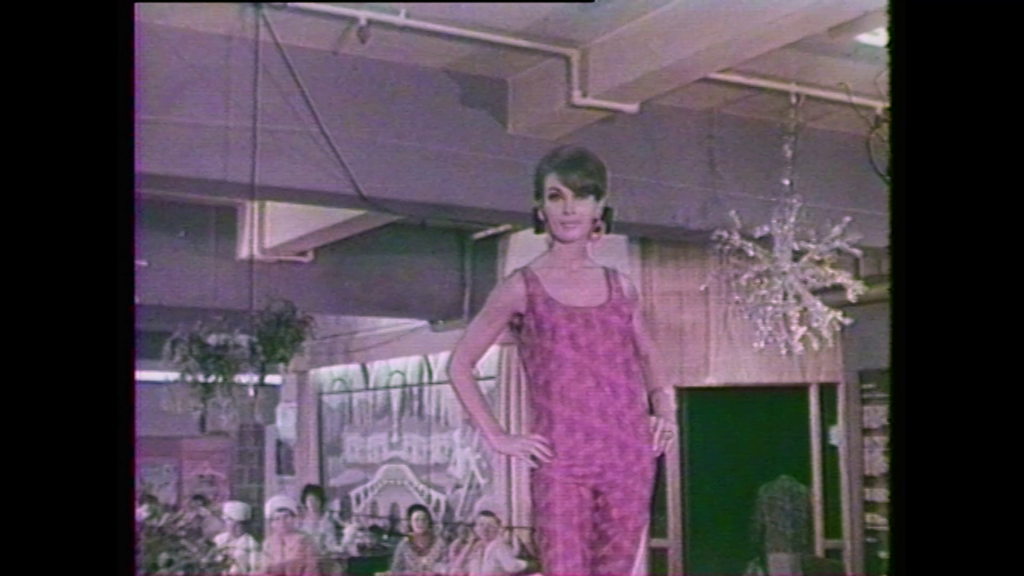
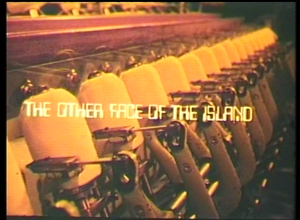
A few years later, the Department of Film Production began developing a ‘Products of Tasmania’ promotional film for theatrical release, as an introduction to the new decade, ‘the 70’s’. It should be pointed out that More Than Apples was also distributed for theatrical release by United Artists. At the time, these promotional films would run as filler before the feature film along with the previews of coming attractions. The films would feature manufacturing products that Tasmania was known for and would be in the style of a recent film made for transport called, A Moving Picture, which provided on-camera talent to narrate and explain the various aspects of the story. For this film there would be four hostesses, each representing the four categories, textile products, timber products, food products and metal products. The completed film was released with the title The Other Face of the Island.
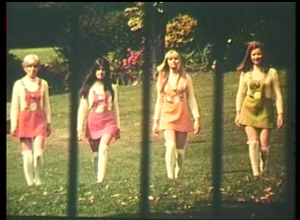
Silk and Textiles, a local firm run by the Alcorso family, was approached to come up with high fashion costumes designed exclusively for the picture. They were trying to organize their designer Norma Tullo, one of the most sought-after designers at the time, to take on the commission. Instead, they would end up going with a young and upcoming designer, who happened to have won the Wool Fashion Awards the last few years, Prue Acton. The plan was to source well-known models from the mainland and at one point, they considered shooting a number of sequences in Melbourne or Sydney. In the end, the Tasmanian locations became an essential element, with only a few mainland locations and exteriors.
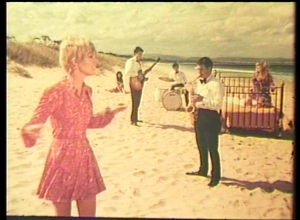
The award-winning director, John M. Bale, came up with a clever way of introducing the hostesses, while featuring some scenic Tasmanian locations then making them appear all together in their signature ‘Barbarella’ outfits, using a bit of cinema magic. From there, the film segues into the first segment, textiles and fashions. J. M. Bale ACS, was a self-taught cameraman, who would become a leading figure in the Australian Cinematographers Society, having established both the Victorian and Tasmanian branches. After winning the first Milli Award as the Australian Cinematographer of the year in 1968 for his film, Asylum, he was recruited for the position of Senior Director of Films with the Department of Film Production Tasmania. His unique approach and his free-wheeling flamboyant style for a promotional industrial film would win The Other Face of the Island an AFI Award. A number of the films that he made both before and after his tenure with the DFP are held by the Tasmanian Archives. Besides making use of the Port Arthur ruins as a fashion shoot location, many of the factory interiors were shot at the Silk and Textiles factory, Hobart and well as Coats Patons and Kelson Kemp in Launceston.

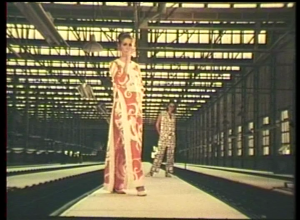
By 1977, the government film unit had evolved into the Tasmanian Film Corporation, a semi-government owned commercial business, established by an Act of Parliament. The idea was to develop more commercial projects and have more creative freedom with the additional focus on marketing. Besides the feature films that were in the pipeline, there were the interstitial segments for television. One series that they were developing was initially call This Week in Tasmania and that was eventually broadcast as Glimpses. There were about 16 segments being developed covering such subjects as: Salamanca Place, Tasmanian Puppet Theatre, Eel fisheries, The Shot Tower, Huon Pine, Claude Alcorso, and an eccentric Tasmanian Artist, Vita Endelmanis. The presenter for the series was Susannah Fuchs, who conducted the on-camera interviews and interacted with the subjects.
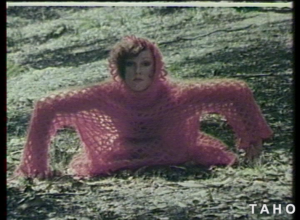
Glimpses: Vita Endelmanis (1979) carried the sub-title, story of artist and her development of wearable wool sculpture so it fit in with our exhibition theme of textiles and fashion. In the segment Vita explains how she was inspired by local Tasmanian fauna while she and the models mimic the movements of the various creatures. There were some concerns in the beginning with the script that the director had come up and how Vita wanted to present herself. These concerns showed up in a memo from possibly, John Honey, the Chief Executive of Tas Film Corp. The author preferred a natural interview without having to act out a part and he was concerned it would not come across convincingly and the models prancing around in the garden felt a bit suspect. It was admitted that it could be visually stunning but they didn’t want it to come across as being too arty or fey for the mass television audience that the show was targeting. As it turns out, the segment succeeded in being arty and completely over the top, which as it turns out, was what made it work and well suited for what Vita Endelmanis was trying to achieve.
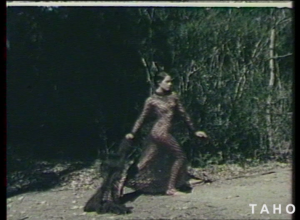
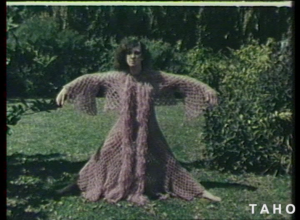
Sadly, the Tasmanian Film Corporation was privatised in 1983 and would fade into obscurity but thankfully all of it films made under that umbrella and archival material collected over the years as a government entity, were transferred to the Tasmanian Archives. Nearly all the films have been digitised and are available for viewing on YouTube on the Libraries Tasmania channel.
Bibliography
Film Production files:
AB936/1/86 F101 More than Apples (1960)
AB936/1/105 F149 The Other Face of the Island (1960)
AB944/1/34 This Week in Tasmania F45 (Glimpses series, 1977)
Correspondence Files
AA147/1/122 A11/66 More than Apples (1960)
AA494/1/2770 2/8 Tasmanian Film Corporation (1982-87)

